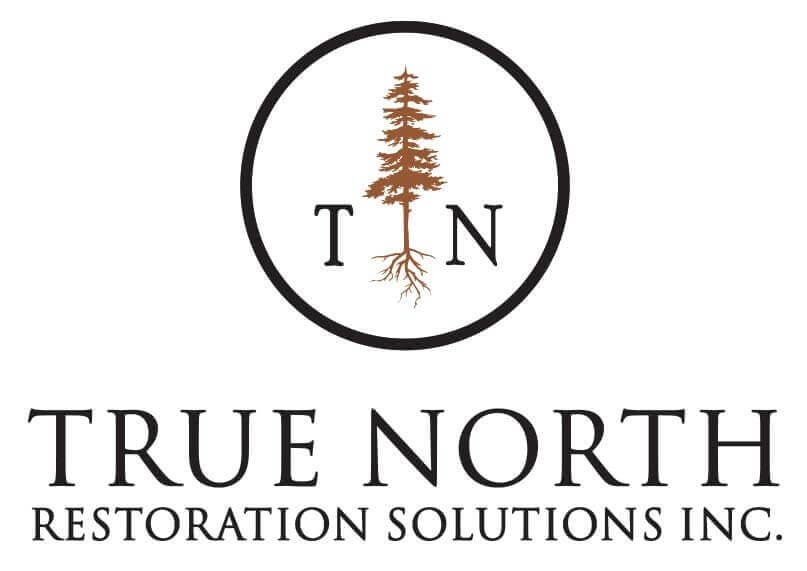Yellow Cedar vs. Red Cedar: The Ultimate Guide for Log Cabin Maintenance
When it comes to the timeless charm and durability of log cabins, the choice of wood is paramount. Two popular options for log cabin construction are yellow cedar and red cedar. Understanding the nuances and differences between these two types of wood can significantly impact the maintenance and restoration of your cherished log home. Let’s delve into the distinctive qualities of yellow cedar vs red cedar, exploring their strengths, and weaknesses, and how to ensure their longevity.
What Sets Yellow Cedar Apart
Yellow cedar, known for its remarkable resilience and natural resistance to decay, is a top choice for log cabin construction. Its distinct golden-yellow hue, combined with its fine texture and straight grain, adds an aesthetic appeal to any log cabin. Here’s why yellow cedar stands out:
Durability Beyond Measure
Yellow cedar is renowned for its exceptional durability, making it an ideal choice for log cabin construction, especially in areas prone to harsh weather conditions. Its natural resistance to decay, rot, and insect infestation significantly reduces the need for frequent maintenance.
Weathering the Elements
The robust nature of yellow cedar allows it to withstand extreme temperatures and high levels of moisture, making it an excellent option for log cabins located in humid or coastal regions. Its inherent ability to resist warping and splitting ensures the structural integrity of the cabin remains intact for years.
Maintenance Tips for Yellow Cedar Log Cabins
Despite its natural durability, regular maintenance is essential to preserve the luster and integrity of yellow cedar log cabins. Here are some key maintenance tips:
Regular Inspection and Cleaning
Frequent log home inspections to identify any signs of wear, discoloration, or moisture retention are crucial. Regular cleaning with a mild detergent and soft brush can help prevent the buildup of dirt and grime, preserving the wood’s natural shine.
Sealing and Staining
Applying a high-quality sealant or stain helps protect yellow cedar from UV damage and moisture infiltration. Choose a product specifically designed for cedar wood to maintain its natural color and prevent premature aging.
Exploring the Strengths of Red Cedar
Red cedar, another popular choice for log cabin construction, boasts a rich, reddish-brown hue that adds warmth and character to any rustic setting. Its distinct qualities make it a favored material for log cabin enthusiasts. Here’s why red cedar stands out:
Natural Resistance to Decay
Similar to yellow cedar, red cedar possesses natural oils that act as a preservative, enhancing its resistance to rot, decay, and insect infestation. This innate feature significantly contributes to the longevity of log cabins constructed from red cedar.
Aesthetic Appeal and Aromatherapy
The striking reddish-brown color and distinct grain patterns of red cedar create a visually appealing and inviting ambiance. Additionally, the pleasant, natural aroma of red cedar adds a soothing touch to the interior of log cabins, providing a unique sensory experience.
Maintenance Tips for Red Cedar Log Cabins
While red cedar is inherently resistant to decay, proper maintenance is essential to ensure its longevity and visual appeal. Here are some maintenance tips to consider:
Regular Cleaning and Dusting
Periodic dusting and gentle cleaning with a soft cloth help prevent the accumulation of dust and debris, preserving the wood’s natural beauty and aroma.
Application of Protective Coatings
Applying a log cabin protective coating, such as a high-quality sealant or preservative, helps safeguard red cedar from weathering, UV damage, and moisture retention. This protective measure ensures that the vibrant color and texture of the wood are maintained over time.
Choosing the Right Maintenance Strategy for Your Log Cabin
Whether your log cabin is constructed from yellow cedar vs. red cedar a proactive maintenance strategy is essential to preserve its structural integrity and aesthetic appeal. Here are some general maintenance guidelines that apply to both types of wood:
Regular Inspection and Repairs
Frequent inspections of the log cabin’s exterior and interior are crucial to identify any signs of water damage, mold, or insect infestation. Prompt repairs and treatments can prevent minor issues from escalating into major structural concerns.
Weatherproofing and Sealing
Applying weatherproofing treatments and sealants can help protect the wood from the harsh elements, including excessive sunlight, moisture, and fluctuating temperatures. Consult with a professional log cabin maintenance expert to determine the most suitable products for your specific type of wood.
Professional Restoration Services: Yellow Cedar vs. Red Cedar
In cases where extensive restoration is required, seeking the expertise of a reputable log cabin restoration company is paramount. Professional restoration services can address structural concerns, repair damage, and rejuvenate the wood, ensuring the long-term preservation of your log cabin’s beauty and functionality.
In conclusion, whether you opt for the robust durability of yellow cedar or the rich, inviting allure of red cedar for your log cabin, regular maintenance and timely restoration are key to ensuring its longevity and enduring charm. By implementing proactive maintenance strategies and enlisting the help of experienced professionals, you can preserve the natural beauty and structural integrity of your cherished log home for generations to come.
For expert log cabin maintenance and restoration services, trust True North Restoration, the leading provider of comprehensive log cabin care and preservation solutions. Contact us today to learn more about how we can safeguard the beauty and durability of your log cabin for years to come.
